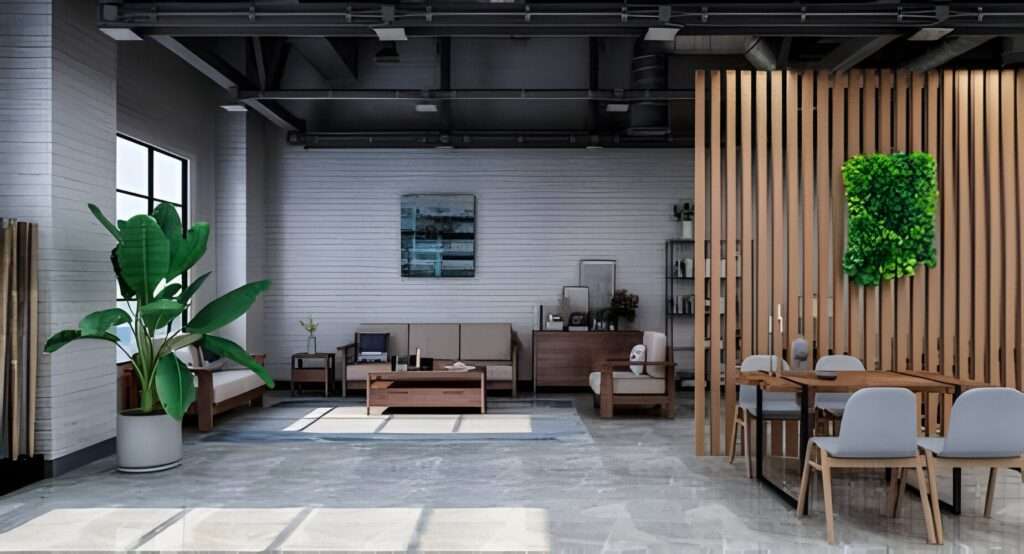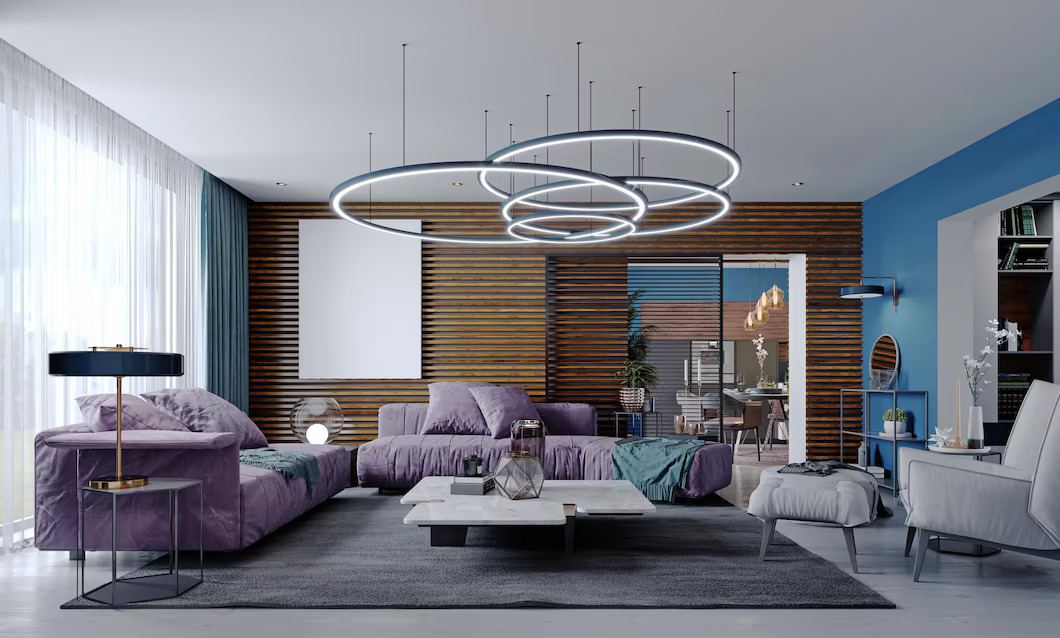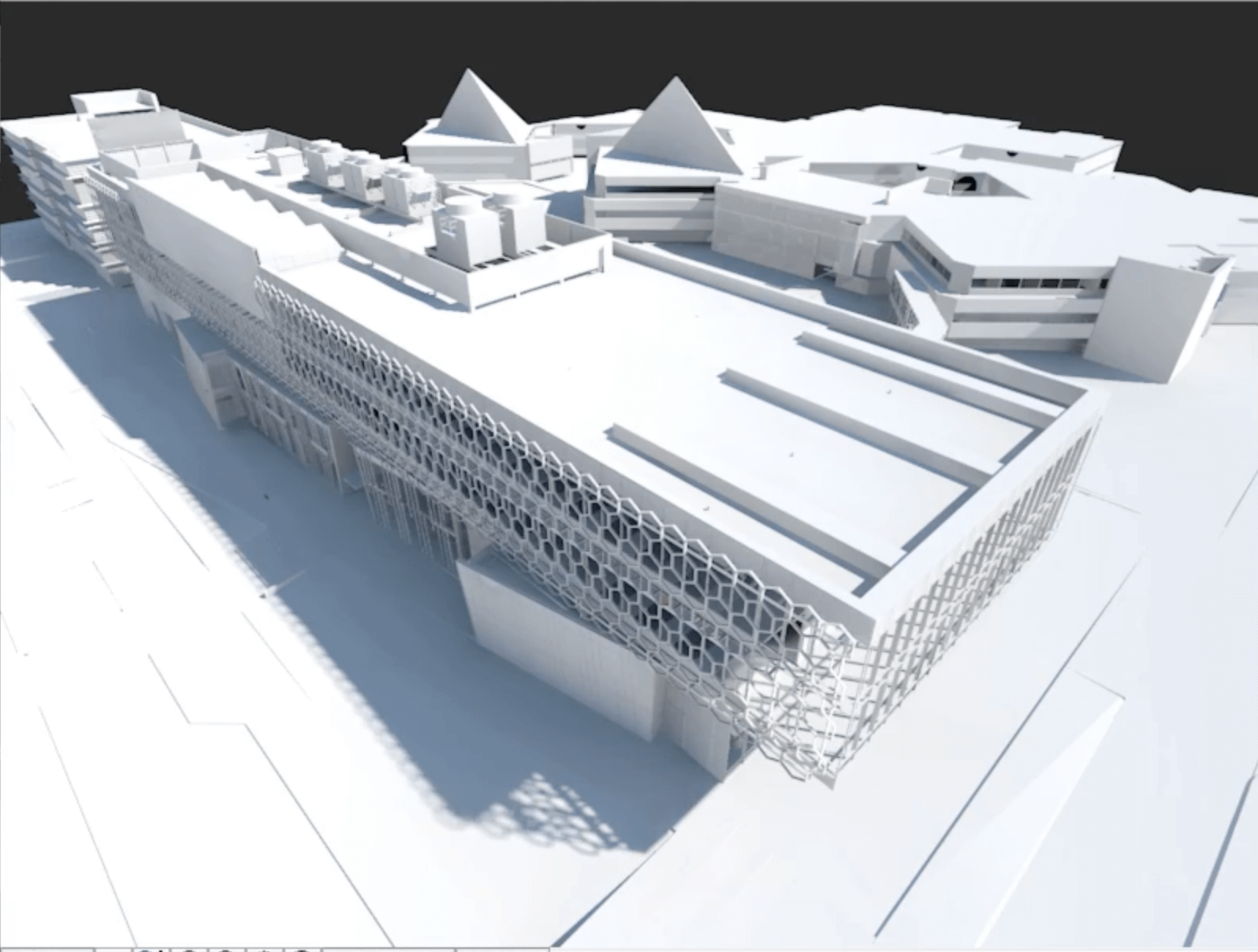In the world of digital design, 3D rendering is the creation of objects using two-dimensional digital images from three-dimensional models. It gives life to ideas, transforming them from vague notions into vivid visions captured in visual art form.
Among the most effective strategies for conceptualizing and modeling any interior or exterior design. Architectural visualization emerges as one of the most essential tools for bringing ideas to life. Notably, these are a few of the typical 3D rendering approaches employed in the creation of interior and exterior spaces.
What is 3D Rendering?
Starting from a three-dimensional model using computer software, 3D rendering involves the process of creating a two-dimensional image. Moreover, this process strategically combines artificial lighting and natural light. This combination enhances textures and shadows on highly detailed 3D models.
The goal is to give the most realistic and appealing appearance. Ultimately, the resulting output can be either photo-realistic or stylized, depending on the project’s specifications.
Types of 3D Rendering
One of the most effective ways to conceptualize and model interior and exterior designs is through 3D visualization. This technique is crucial in bringing ideas to life.
Common 3D rendering methods used for both interior and exterior spaces include the following:
1. Photorealistic Rendering

Architects and interior designers typically use this kind of rendering to create images that closely resemble real photographs, capturing authentic lighting, textures, and materials.
2. Non-Photorealistic Rendering (NPR)
Designers use non-photorealistic rendering to create visual representations resembling hand-drawn or painted art, contrasting with photorealistic rendering. They apply this rendering style in artistically inclined presentations or to showcase unique design ideas.
3. Augmented Reality (AR) Rendering
Augmented reality (AR) rendering enables users to create virtual objects and place them in the real world based on their visual attributes.
For such an application, users can observe how virtual objects look in situ (in their natural or original position).
This capability is useful when examining how a proposed engineering solution might appear. This technique helps to visualize furniture or décor choices within a living space of moderate cognitive load.
4. Virtual Reality (VR) Rendering
Virtual reality (VR) is considered one of the most exciting and fascinating technological advancements. Moreover, VR can create entirely new realities, whether utilized in gaming or any other field.
VR’s immersive and realistic features open doors to innovative experiences and possibilities. Furthermore, applying VR rendering enables people to feel like they are interacting in an immersive 360-degree environment created using VR headsets for design visualization.
5. Lighting Simulation
One of the most exciting and fascinating advancements in technology is virtual reality (VR). Whether it is about gaming or any other field, it seems that VR can create completely new realities with its immersive and realistic features. Applying VR rendering enables people to feel like they are interacting in an immersive 360-degree environment created using VR headsets for design visualization.
The 3D rendering techniques of such a kind play an important role and are useful to the designers, architects, and their clients as well for the reason that they make it possible to visualize the interior and exterior layouts in precise detail helping improve them.
The Process of 3D Modeling and Rendering
The process of rendering in 3D can be generally described as a sequence of steps.
1. Modeling
The first major step in the 3D process is modeling, which entails building up a 3D object in rendering software by setting its height, width, and depth.
2. Texturing
It involves assigning the 3D models with surface details. The textures may include colors, patterns, or any other visual features that help to make an object look more natural.
3. Lighting
Similar to the way lighting is important in photography, lighting plays a significant role in 3D modeling and rendering too. It comprises attempting to make light sources resemble as much as possible light particles interact with objects in the physical world.
4. Rendering
The fourth phase is the Render stage. This is where the computer performs the actual computation to create either photorealistic or non-photorealistic images from the modeled scene.
5. Refining
After rendering the image, you can further improve or modify it using image-editing software to achieve the desired final outcome
What is Rendering in Design?
Design rendering involves creating images or sequences that represent the ultimate outcome of the 3D models, providing an impression of how the design will appear and feel in real life. It plays an important role as 3D renderings allow designers and stakeholders to visualize their concepts early on, making it easier for them to enhance before production, which not only accelerates this stage but also prevents potential losses.
What are 3D Renderings Used For?
The applications of 3D renderings cut across industries, with different sectors utilizing them for various purposes.
1. Architectural Visualization
In the field of architectural visualization, 3D visualization play a pivotal role in presenting and promoting architects’ designs. They allow clients to see their proposed investments in a tangible form.
2. Entertainment
In entertainment, the film and video game industries use 3D architectural renderings to develop sophisticated visual surroundings and unique characters, which are the focal point of the visual narrative.
3. Product Design
The role of 3D product renderings in product design is to provide a visual perspective of the finished product that assists in determining its attractiveness and level of performance.
4. Education and training
Users increasingly utilize 3D architectural renderings, not as novelties but as widely adopted tools. They employ them not only in educational establishments but also in various training centers for effective interactive training on specific equipment and instruments.
Benefits of 3D Rendering
The importance of 3D rendering can be justified by the fact that it is a multi-faceted digital design method that has many advantages and brings numerous benefits to the art field:
1. Enhanced Visual Communication
The aid of 3D visualization has taken visual communication to a higher level, allowing everyone to gain a clearer understanding of ideas while reducing misconceptions and improving project results.
2. Cost Efficiency
As mentioned before, cost efficiency is achievable as a result of identifying errors in the design stage and eliminating them, thereby ensuring that such malfunctions do not arise during production.
3. Creativity
To foster creativity, rendering software offers designers more options for innovation. This encourages designers to think beyond conventional boundaries. It enables them to generate unique concepts that may not conform to common practices.
4. The ability to sell
Beautiful graphics can be a great asset for marketing – they are more attractive and leave a stronger impression on the audience.
Also Read: Mastering 3D Rendering
Conclusion
3D rendering is not simply a tool. It plays a crucial role in creative design across many fields. Using this allows designers to visualize concepts with precision and produce remarkable images.
People who are good at 3D modeling can help architects, game designers, movie producers, and even product designers. And, They achieve good results as they will be able to make amazing pictures that can amaze everyone.
You have just learned the fundamentals of 3D rendering and its significance in design. This knowledge makes you appreciate and possibly venture into the world of digital creation.
Frequently Asked Questions (FAQS)
Is 3D rendering only used in the entertainment industry?
No, 3D rendering is used across various industries, including architecture, product design, and healthcare.
Can architectural visualization be done on a regular computer?
Yes, architectural visualization can be done on a regular computer, but complex scenes may require powerful hardware and dedicated rendering software.
How long does it take to render a 3D scene?
The time it takes to render a scene depends on various factors, such as the complexity of the scene and the rendering technique used.
What skills are required to become a 3D rendering artist?
To excel in 3D rendering, one needs skills in 3D modeling, texturing, lighting, and rendering, along with proficiency in 3D rendering software.


